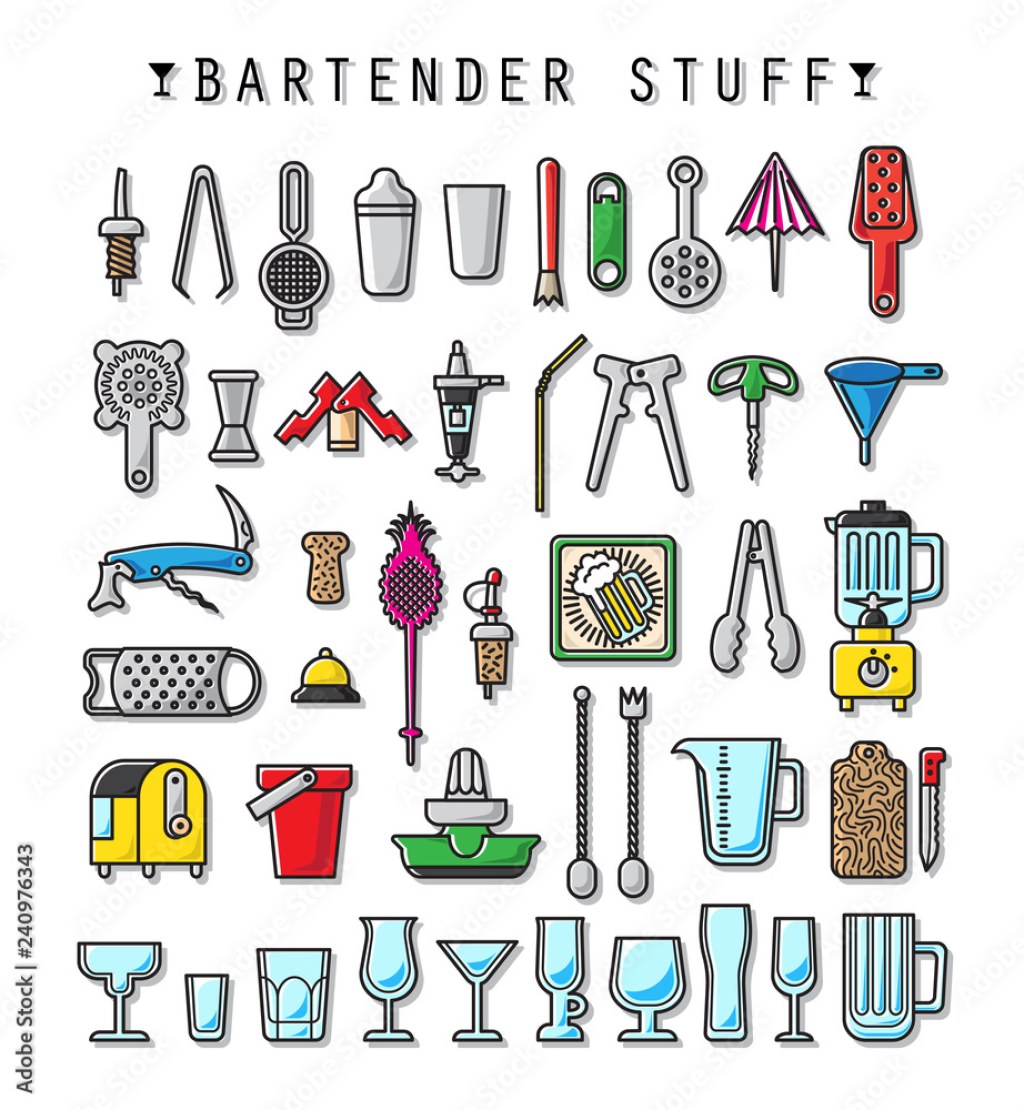Discover The Allure Of Flat Stuff: Uncover A World Of Sleek Simplicity And Irresistible Functionality Now!
Flat Stuff: Exploring the World of Minimalism
Introduction
1 Picture Gallery: Discover The Allure Of Flat Stuff: Uncover A World Of Sleek Simplicity And Irresistible Functionality Now!

Welcome, Smart Peoples, to this informative article on flat stuff. In a world where simplicity and minimalism are highly valued, flat stuff has gained immense popularity. Whether you are a creative professional or simply someone who appreciates clean and sleek designs, flat stuff offers a refreshing perspective. In this article, we will delve into the world of flat stuff, exploring its origins, benefits, and how it has become a prominent trend in various industries. So sit back, relax, and let’s embark on this journey together.
What is Flat Stuff?

Image Source: ftcdn.net
📐 Flat stuff refers to the minimalist design approach that emphasizes simplicity, clean lines, and a focus on essential elements. It aims to remove unnecessary visual elements such as gradients, shadows, and textures, creating a sleek and flat appearance. This design style gained popularity with the rise of digital interfaces, particularly in software and web design.
🌈 The color palette used in flat stuff typically consists of vibrant and bold hues, with a minimal use of gradients. This approach allows for a more straightforward and visually pleasing experience for users, as it eliminates distractions and clutter.
🖌️ Flat stuff has become widely adopted in various industries, including graphic design, user interface design, architecture, fashion, and even interior design. It has proven to be a versatile and timeless style that can be easily customized to fit different contexts and purposes.
🌟 This design trend has also influenced other aspects of everyday life, such as fashion, where minimalist clothing and accessories have gained popularity. From sleek smartphones to minimalist furniture, flat stuff has become a lifestyle choice for many individuals.
Who Started the Flat Stuff Trend?
👨🎨 The origins of the flat stuff trend can be traced back to the early 2000s when designers began to move away from skeuomorphic design. Skeuomorphic design imitated real-life objects and textures, often using realistic shadows, gradients, and textures. However, with the rise of digital interfaces, designers realized the need for a more streamlined and user-friendly approach.
💡 One of the pioneers of flat stuff is Microsoft, with the introduction of their Metro design language in 2010. This design language, later renamed Microsoft Design Language, embraced flat design principles and focused on simplicity and typography. It was widely adopted in Microsoft’s software products, including Windows 8 and Windows Phone.
🍎 Around the same time, Apple also began incorporating flat design elements into their iOS operating system. With the release of iOS 7 in 2013, Apple embraced a more minimalist and flat design approach, moving away from skeuomorphic elements that were prevalent in earlier versions of iOS.
🌐 As these tech giants embraced flat design, it quickly became a dominant trend in the design community. Other companies and designers followed suit, recognizing the benefits of flat stuff in creating intuitive and user-friendly experiences.
When Did Flat Stuff Gain Popularity?
⌛ Flat stuff gained significant popularity in the early 2010s when technology companies started adopting this design style. As mentioned earlier, the release of Microsoft’s Windows 8 and Apple’s iOS 7 played a crucial role in popularizing flat stuff.
📱 The proliferation of smartphones and tablets also contributed to the rise of flat stuff. With limited screen space, designers realized the importance of simplicity and clarity in user interfaces. Flat stuff proved to be an effective solution, allowing for easy navigation and enhancing the overall user experience.
🎨 Furthermore, the design community embraced the flat stuff trend, as it provided a fresh and modern approach to traditional design principles. Designers appreciated the creative freedom and minimalist aesthetics that flat stuff offered, leading to its widespread adoption in various industries.
Where Can You Find Flat Stuff?
🖥️ Flat stuff can be found in various digital platforms, including websites, mobile applications, and software interfaces. Many companies have embraced this design style to create visually appealing and user-friendly digital experiences.
📐 In graphic design, flat stuff has influenced the creation of logos, posters, and other visual materials. Its clean and minimalist aesthetics make it a popular choice for brands looking to convey simplicity and modernity.
🛋️ The influence of flat stuff has also extended to interior design and architecture. Minimalist furniture, clean lines, and neutral color palettes are commonly associated with this design style, creating a sense of calmness and sophistication in living spaces.
👗 Fashion designers have incorporated flat stuff elements into their collections, showcasing minimalistic clothing and accessories. Clean cuts, monochromatic outfits, and simple silhouettes are often associated with the minimalist fashion movement.
Why Choose Flat Stuff?
✨ There are several reasons why flat stuff has become a preferred design choice for many individuals and businesses:
1️⃣ Enhanced User Experience: Flat stuff focuses on simplicity and ease of use, resulting in intuitive and user-friendly interfaces. The absence of unnecessary visual elements reduces distractions and allows users to navigate through digital platforms effortlessly.
2️⃣ Timeless Design: Flat stuff’s minimalistic aesthetics have a timeless quality that transcends trends. It offers a clean and sleek appearance that can withstand the test of time, ensuring longevity in design choices.
3️⃣ Faster Loading Speeds: With fewer complex visual elements, flat stuff designs tend to load faster, improving the overall performance of websites and applications. This is particularly crucial in today’s fast-paced digital landscape where users expect instant access to information.
4️⃣ Adaptability: Flat stuff can be easily customized and adapted to fit various contexts and branding guidelines. Its simplicity allows for seamless integration into different industries and design projects.
5️⃣ Clarity and Focus: By eliminating unnecessary visual clutter, flat stuff enables users to focus on the essential elements within a design, whether it’s a website, mobile application, or graphic material.
How to Implement Flat Stuff in Your Design?
🎨 Implementing flat stuff in your design projects requires careful attention to key elements:
1️⃣ Color Palette: Choose a bold and vibrant color palette, focusing on solid colors rather than gradients. Avoid excessive use of shades and shadows, as they contradict the flat stuff aesthetic.
2️⃣ Typography: Select simple and legible fonts that complement your design. Sans-serif fonts are commonly used in flat stuff to enhance readability.
3️⃣ Iconography: Use simple and minimalist icons that convey the intended message concisely. Flat icons often feature basic geometric shapes and straightforward representations.
4️⃣ White Space: Embrace white space in your design. Allow elements to breathe, creating a sense of balance and harmony.
5️⃣ Minimalistic Layout: Keep your design layout clean and clutter-free. Avoid unnecessary decorative elements that can distract users from the essential content.
Frequently Asked Questions about Flat Stuff
Q: Does flat stuff work well for all types of websites?
A: Flat stuff can be adapted to fit various types of websites, but it may not be suitable for every situation. Websites with complex functionality or content-heavy platforms may require additional visual cues to guide users.
Q: Is flat stuff limited to digital design?
A: No, flat stuff has influenced various industries beyond digital design. It has made its mark in architecture, interior design, fashion, and other creative fields.
Q: Are there any disadvantages to using flat stuff in design?
A: One potential disadvantage of flat stuff is that it may lack visual interest and depth compared to more complex design styles. Additionally, it may not effectively communicate certain concepts that require more intricate visual cues.
Q: Can I combine flat stuff with other design styles?
A: Yes, you can combine flat stuff with other design styles to create a unique and personalized aesthetic. The key is to maintain a cohesive and balanced composition.
Q: Is flat stuff a passing trend?
A: While design trends come and go, flat stuff has proven to be more than just a passing fad. Its timeless and adaptable qualities make it a reliable choice for many designers and brands.
Conclusion
In conclusion, flat stuff has emerged as a prominent design trend, defining the aesthetics of the digital age. Its simplicity, user-friendliness, and adaptability have made it a preferred choice in various industries. Whether you are a designer, architect, or simply an appreciator of sleek and clean aesthetics, flat stuff offers a refreshing alternative to the cluttered and complex designs of the past. Embrace the elegance of minimalism and explore the world of flat stuff in your next design project.
Final Remarks
📝 The information provided in this article serves as a comprehensive guide to flat stuff, its origins, benefits, and implementation. It is important to note that design trends continue to evolve, and while flat stuff has become a staple in the design community, it may not be the perfect fit for every situation. As with any design choice, it is essential to consider the specific needs and preferences of your target audience. Keep experimenting, stay open to new ideas, and create designs that resonate with your users. Happy designing!
This post topic: Stuff


